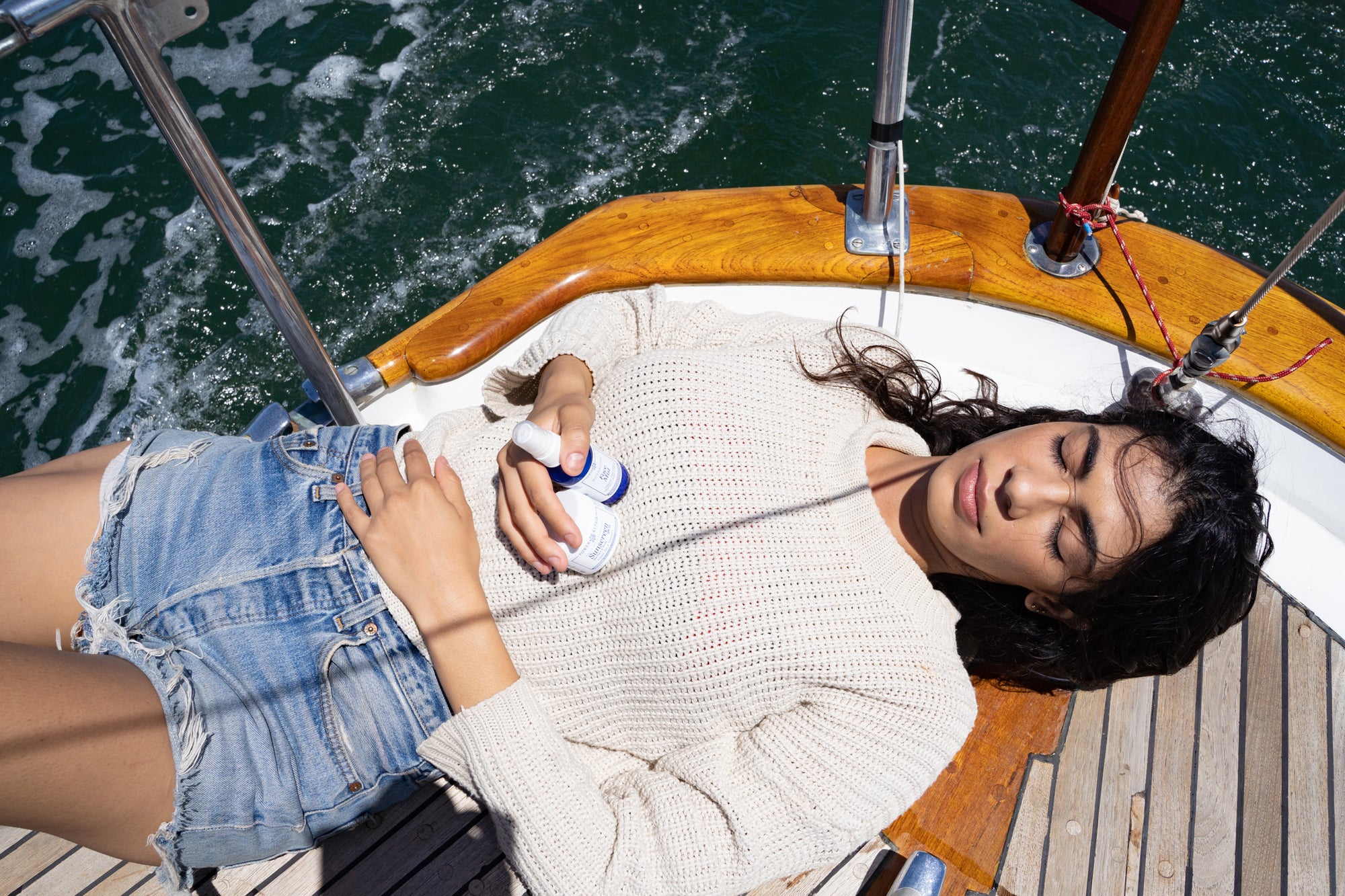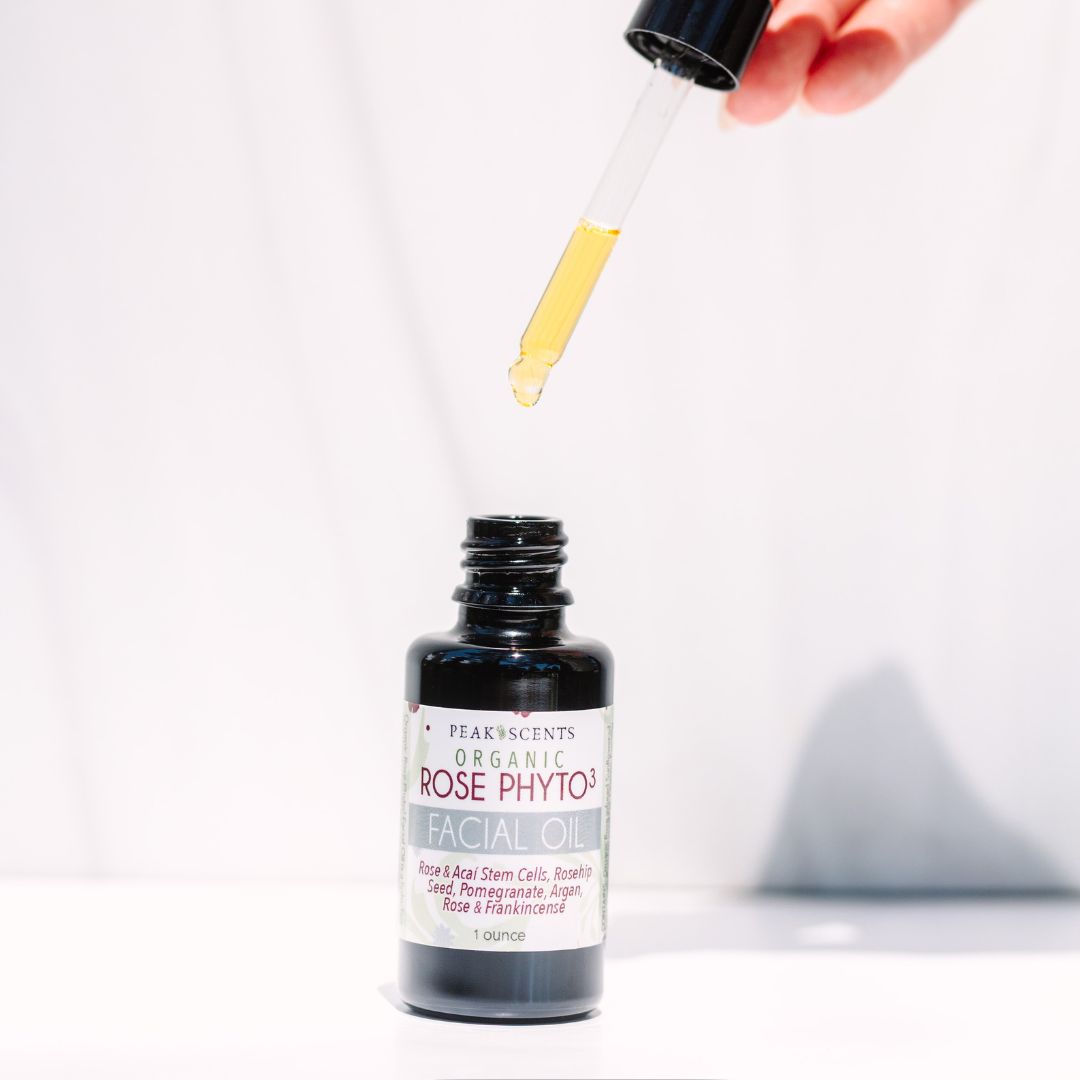Let’s talk about sunscreen the good, the bad and the downright scary…
First off, you most likely know this but the ground rules are three things that will protect you:
1. Wear protective clothing, hats, and sunglasses. There is incredible new UPF protective wear which is the best when it comes to full coverage UPF-rated clothing enhances everyone’s protection against UV-related health risks, but it is especially helpful for:
- Sun-sensitive people: People with fair skin that burns easily are more vulnerable to UV rays.
- Children: Kids have thinner, more sensitive skin. Damage at an early age can also increase their risk of more serious problems later in life.
- People at high elevations, in equatorial regions, or on snow or water: Sun intensity is greater in each of these environments.
- People taking medications: Sun sensitivity is increased by a wide range of drugs, including acne treatments, antihistamines, antibiotics, certain anti-inflammatories, even herbal supplements. Double-check all your medications for cautions about the sun.

2. Wear Sunglasses and Seek Shade
- Wear sunglasses that offer 100 percent UV-ray protection.
- Seek shade whenever possible.
- Monitor—and limit—the amount of time you expose yourself to UV radiation, especially during peak daylight hours—roughly from 9 a.m. to 3 p.m.
- Remember that filtered sun can still damage your skin, so protect yourself on cloudy days, too.
3. Wear your sunscreen! (But only the right kind.)
Physical sunscreens, such as the minerals Zinc and titanium, offer broad-spectrum protection naturally. Zinc is anti-inflammatory and soothing to acne-prone skin.
I have a particular concern about oxybenzone – especially for kids. Oxybenzone is one of the most commonly used sunscreen active ingredients, found in more than 40 percent of the non-mineral sunscreens in this year’s guide. This chemical readily penetrates the skin and could potentially disrupt the hormone system.
Here’s why:
- Oxybenzone is an allergenic.
- It is absorbed through the skin in large amounts.
- It has been detected in human breast milk, amniotic fluid, urine and blood.
- It is a potential endocrine disruptor.
- Children may be more vulnerable to harm from oxybenzone than adults “because of the potential for higher absorption and bioaccumulation.”

We want the FDA to do studies of oxybenzone that measure skin absorption and potential impacts on hormone levels, reproduction, and development.
Sunscreen sprays pose an inhalation risk and may not provide an adequate coating on the skin to ensure proper protection. EWG recommends that consumers avoid all spray and powder sunscreen products.
In recent years, vacation destinations like Hawaii, Fiji and Key West have started to ban sunscreens with chemical ingredients like oxybenzone, octinoxate and parabens because they may be harming coral reefs.
These chemical ingredients can accumulate in living organisms over time, in both humans and sea life. Significant doses collect when tens of thousands of people wear sunscreen while swimming in the ocean. These quantities only increase when we wash them off in showers into water that eventually finds its way into the ocean.
I know we live in a constantly changing world, but you can always rely on Mother Nature to steer you in the right direction. At Peak Scents, she’s our CEO.

If you hadn't guessed yet, here is the sunscreen that we recommend. The Power Repair Daily Moisturizing Sunscreen is formulated with all the natural minerals that provide both UVA and UVB protection. Formulated with Antioxidants, including Vitamin C and Green Tea.
And just as importantly, here is the UPF Clothing that we talked about in this newsletter.

